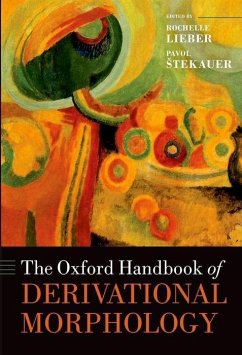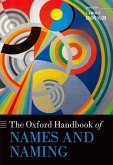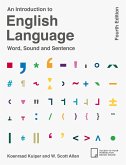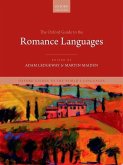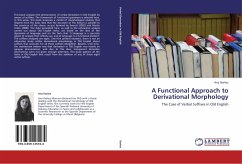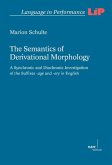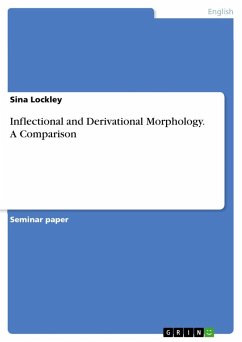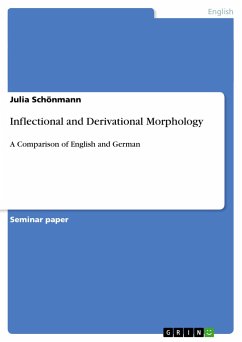The Oxford Handbook of Derivational Morphology is intended as a companion volume to the Oxford Handbook of Compounding (OUP 2009), aiming to provide a comprehensive and thorough overview of the study of derivational morphology. Written by distinguished scholars, its 41 chapters are devoted to theoretical and definitional matters, formal and semantic issues, interdisciplinary connections, and detailed descriptions of derivational processes in a wide range of
language families. It presents the reader with the current state of the art in the study of derivational morphology.
The handbook begins with an overview and a consideration of definitional matters, distinguishing derivation from inflection on the one hand and compounding on the other. From a formal perspective, the handbook treats affixation (prefixation, suffixation, infixation, circumfixation, etc.), conversion, reduplication, root and pattern and other templatic processes, as well as prosodic and subtractive means of forming new words. From a semantic perspective, it looks at the processes that form
various types of adjectives, adverbs, nouns, and verbs, as well as evaluatives and the rarer processes that form function words. Chapters are devoted to issues of theory, methodology, the historical development of derivation, and to child language acquisition, sociolinguistic, experimental, and
psycholinguistic approaches. The second half of the book surveys derivation in fifteen language families that are widely dispersed in terms of both geographical location and typological characteristics. It ends with a consideration of both areal tendencies in derivation and the issue of universals.
Hinweis: Dieser Artikel kann nur an eine deutsche Lieferadresse ausgeliefert werden.
language families. It presents the reader with the current state of the art in the study of derivational morphology.
The handbook begins with an overview and a consideration of definitional matters, distinguishing derivation from inflection on the one hand and compounding on the other. From a formal perspective, the handbook treats affixation (prefixation, suffixation, infixation, circumfixation, etc.), conversion, reduplication, root and pattern and other templatic processes, as well as prosodic and subtractive means of forming new words. From a semantic perspective, it looks at the processes that form
various types of adjectives, adverbs, nouns, and verbs, as well as evaluatives and the rarer processes that form function words. Chapters are devoted to issues of theory, methodology, the historical development of derivation, and to child language acquisition, sociolinguistic, experimental, and
psycholinguistic approaches. The second half of the book surveys derivation in fifteen language families that are widely dispersed in terms of both geographical location and typological characteristics. It ends with a consideration of both areal tendencies in derivation and the issue of universals.
Hinweis: Dieser Artikel kann nur an eine deutsche Lieferadresse ausgeliefert werden.

